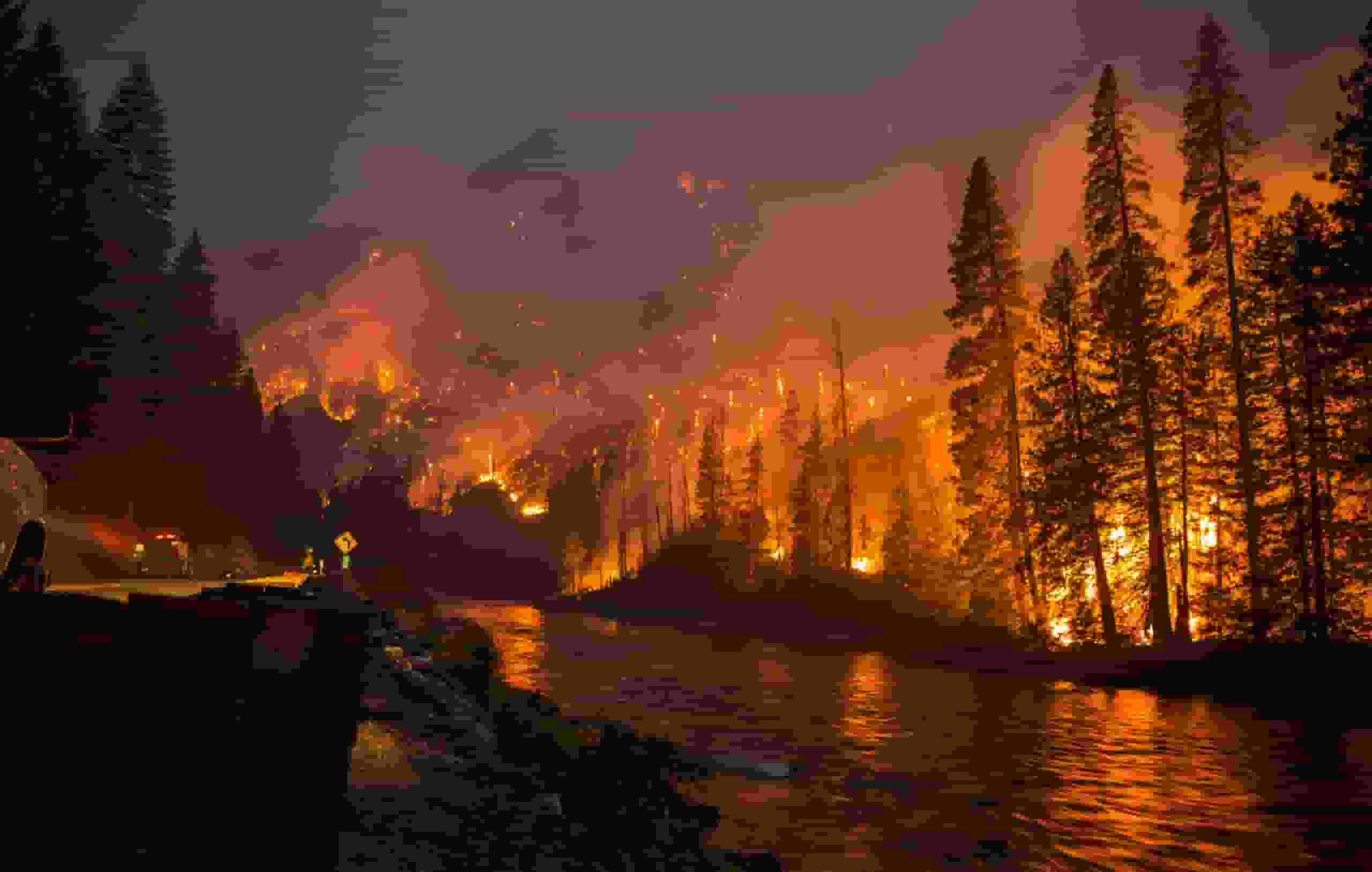Millions of homeowners in the most vulnerable areas of the country face losing their insurance due to the rise in both the frequency and severity of extreme weather events.
A First Street Foundation report states that 39 million homes are covered by private insurance. But the possibility of natural disasters has set off a series of events in the insurance sector that might put those homeowners’ financial security in jeopardy.
According to a study by the nonprofit climate research organization, premiums for homes located in areas vulnerable to hurricanes, floods, and wildfires may not accurately reflect the risk associated with those policies because each state controls its own private insurance market and has the authority to cap policy rates.
Because of this, big insurance providers like Nationwide and Allstate are scrambling to find other options for their clients because it is no longer profitable for them to stay in those high-risk areas.
For instance, in the past year, four insurance companies have already left Florida, and in California, State Farm has stopped taking new applicants.
Homeowners are now faced with the choice of either making large payments toward skyrocketing insurance costs or moving entirely, as they have no choice but to turn to government-run insurance policies that can cost thousands of dollars per month. And property values fall as premiums rise.
According to Grist, based on the First Street Foundation report, premiums for residents of California, where wildfires are still a problem, are estimated to quadruple when future risk is taken into account. This would result in a 39% decrease in property value.
For residents of Louisiana and Florida, where hurricanes and flooding are the two most common extreme weather events, the report’s prognosis was considerably worse. Grist reports that homeowners in Plaquemines Parish, close to New Orleans, may see a startling increase in their annual flood insurance premiums from $824 to $11,296. This would completely destroy the value of properties in the area.
“Actuarily sound pricing will make certain locations unaffordable to live in as climate impacts become apparent, according to the report. According to David Russell, a professor of insurance and finance at California State University Northridge, “it’s shocking and extensively documented.”
First Street Foundation not only makes its report available to the general public, but it also runs a website called riskfactor.com where anyone can search for a property in the United States and view potential climate-related risks based on its location.
By arming homeowners with these tools, the company hopes to prevent insurance premiums from skyrocketing by empowering them to make proactive plans and safeguard their homes against future natural disasters.
But Russell says the most likely outcome is far less hopeful.
“A significant number of individuals will have to be moved out of areas that won’t be covered by insurance,” he stated. “A reckoning is approaching, and it’s not pretty.”
Homeowners have to deal with a new climate reality, from Florida to California: insurance companies don’t want to cover their properties. A report that was published today claims that the issue will only worsen.
The First Street Foundation, a nonprofit climate research organization, discovered that while 6.8 million properties in the United States currently depend on costly public insurance programs, that number only represents a small portion of the 39 million properties that face comparable circumstances nationwide.
Head of First Street’s climate implications and report contributor Jeremy Porter said, “There’s this climate insurance bubble out there.” “And it’s quantifiable.”
Every state controls the insurance industry, and some have caps on the annual rate increases that carriers are permitted to make. For instance, any increase of more than 7% in California necessitates a public hearing. First Street claims that because of these policies, premiums don’t always fairly represent risk, particularly as natural disasters become more frequent due to climate change.
Due to the increased risk of wildfires, floods, and storms, businesses including Allstate, State Farm, Nationwide, and others have decided to leave certain areas. For instance, non-renewals in San Bernardino, California, increased by 774 percent between 2015 and 2021. When that occurs, homeowners frequently have to sign up for an insurance-of-last-resort program administered by the government, where annual premiums can increase by thousands of dollars.
“As climate impacts emerge, the report demonstrates that actuarially sound pricing will make it unaffordable to live in certain places,” said David Russell, a California State University Northridge insurance and finance professor. He made no additions to the report. “It’s shocking and abundantly documented.”
Russell states that the financial impact on impacted properties is what’s most likely to surprise people. According to First Street, skyrocketing insurance premiums significantly damage and sometimes completely destroy home values.
According to the report, if future risk is taken into account, the insurance for an average California home could almost quadruple, with the additional expenses leading to a roughly 39% decrease in value. The situation is even worse in Florida and Louisiana, where a property’s worth could effectively disappear and flood insurance in Plaquemines Parish, close to New Orleans, could increase from $824 to $11,296 per year.




![Tyson Foods Plant [Photo: Food Manufacturing]](https://southarkansassun.com/wp-content/uploads/2023/08/iStock_1185520857__1_.5e441daa51cca-600x337.jpg)







![Silverado Senior Living Management Inc. [Photo: Los Angeles Times]](https://southarkansassun.com/wp-content/uploads/2023/10/download-6-4-600x337.jpg)

![China's Wuhan Institute of Virology [Photo: Nature]](https://southarkansassun.com/wp-content/uploads/2023/09/d41586-021-01529-3_19239608-600x337.jpg)
















